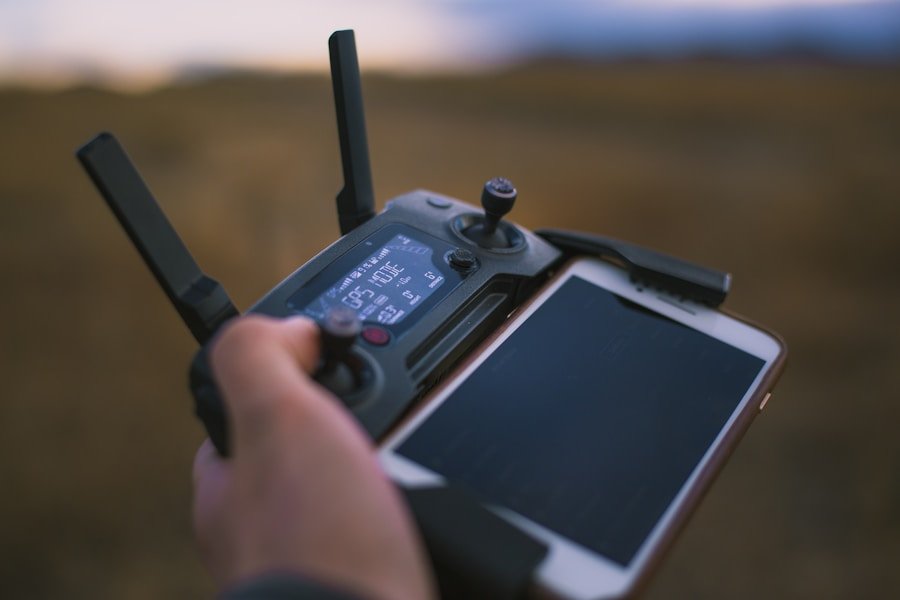When it comes to aviation, understanding the regulations and laws is crucial for the safety and security of all involved. Pilots and aviation professionals must be well-versed in the rules set forth by the Federal Aviation Administration (FAA) and other governing bodies. These regulations cover a wide range of topics, including pilot licensing, aircraft maintenance, air traffic control procedures, and more. It is essential for pilots to stay up to date with any changes or updates to these regulations to ensure compliance and safety.
In addition to federal regulations, pilots must also be aware of any local laws or restrictions that may apply to their specific flight operations. This could include noise abatement procedures, restricted airspace, or specific flight paths. Ignorance of these laws could result in serious consequences, including fines, license suspension, or even criminal charges. Therefore, it is imperative for pilots to thoroughly research and understand all applicable regulations and laws before taking to the skies.
Pre-flight Checklist and Safety Measures
Before every flight, pilots must conduct a thorough pre-flight checklist to ensure the safety and airworthiness of the aircraft. This checklist covers a wide range of items, including fuel levels, engine performance, control surfaces, and more. By meticulously checking each item on the list, pilots can identify any potential issues or malfunctions before they become a safety hazard. In addition to the pre-flight checklist, pilots must also adhere to strict safety measures while in the air. This includes maintaining a safe altitude, following air traffic control instructions, and adhering to all relevant regulations and laws.
Furthermore, pilots must also be prepared for any potential emergencies that may arise during the flight. This could include engine failure, loss of communication, or adverse weather conditions. By having a solid understanding of emergency procedures and contingency plans, pilots can effectively handle any unexpected situations that may occur. Overall, the pre-flight checklist and safety measures are essential components of aviation safety and must be diligently followed by all pilots.
Weather Conditions and Environmental Factors
Weather conditions and environmental factors play a significant role in aviation safety. Pilots must be well-informed about current and forecasted weather patterns in order to make informed decisions about their flight operations. Adverse weather conditions such as thunderstorms, high winds, or icing can pose serious risks to aircraft and passengers. Therefore, pilots must carefully evaluate weather reports and forecasts before taking off.
In addition to weather conditions, pilots must also consider other environmental factors such as terrain, wildlife, and air traffic congestion. These factors can impact the safety and efficiency of a flight and must be taken into account during flight planning and execution. By being aware of these environmental factors, pilots can make informed decisions that prioritize safety and security for all involved.
Proper Equipment and Maintenance
Proper equipment and maintenance are essential components of aviation safety. Pilots must ensure that their aircraft is equipped with all necessary safety features and that all equipment is in good working order before taking off. This includes checking instruments, avionics, communication systems, and more. Regular maintenance and inspections are also crucial for ensuring the airworthiness of the aircraft. By adhering to a strict maintenance schedule and conducting thorough inspections, pilots can identify and address any potential issues before they become safety hazards.
Furthermore, pilots must also be knowledgeable about the proper use of safety equipment such as seat belts, life vests, and emergency exits. In the event of an emergency, this equipment can make a significant difference in the safety and survival of passengers. Therefore, it is imperative for pilots to ensure that all safety equipment is readily available and in good working condition at all times.
Communication and Coordination with Air Traffic Control
Effective communication and coordination with air traffic control (ATC) are essential for aviation safety. Pilots must maintain clear and concise communication with ATC at all times in order to ensure the safe and efficient flow of air traffic. This includes following ATC instructions, reporting any deviations from flight plans, and requesting assistance or information as needed. By maintaining open lines of communication with ATC, pilots can receive important updates on weather conditions, air traffic congestion, or other potential hazards that may impact their flight operations.
In addition to communication with ATC, pilots must also coordinate with other aircraft in their vicinity to avoid potential conflicts or collisions. This includes maintaining a safe distance from other aircraft, adhering to right-of-way rules, and using proper signaling and lighting techniques to indicate their intentions. By effectively coordinating with other aircraft, pilots can minimize the risk of mid-air collisions and ensure the safety of all involved.
Emergency Procedures and Contingency Plans
Emergency procedures and contingency plans are critical components of aviation safety. Pilots must be well-prepared to handle any unexpected situations that may arise during a flight. This includes engine failure, loss of communication, adverse weather conditions, or other potential emergencies. By having a solid understanding of emergency procedures and contingency plans, pilots can effectively respond to these situations in a calm and controlled manner.
Furthermore, pilots must also be knowledgeable about emergency landing procedures and evacuation protocols in the event of a crash or forced landing. By having a plan in place for these scenarios, pilots can minimize the risk of injury or loss of life for themselves and their passengers. Overall, emergency procedures and contingency plans are essential for ensuring the safety and security of all involved in aviation operations.
Continuous Training and Education
Continuous training and education are essential for maintaining aviation safety standards. Pilots must stay up to date with the latest developments in aviation technology, regulations, and best practices in order to ensure the highest level of safety for their flights. This includes participating in regular training programs, attending safety seminars, and staying informed about any changes or updates to relevant regulations.
In addition to formal training programs, pilots must also engage in self-study and research to expand their knowledge base and stay current with industry trends. By continuously seeking out new information and learning opportunities, pilots can enhance their skills and expertise in aviation safety. Overall, continuous training and education are crucial for ensuring that pilots are well-prepared to handle any potential challenges or hazards that may arise during their flight operations.
In conclusion, aviation safety is a complex and multifaceted endeavor that requires careful attention to detail and adherence to strict standards and procedures. By understanding regulations and laws, conducting thorough pre-flight checklists, considering weather conditions and environmental factors, maintaining proper equipment and maintenance, communicating effectively with air traffic control, preparing for emergencies, and engaging in continuous training and education, pilots can ensure the highest level of safety for themselves and their passengers. It is imperative for all aviation professionals to prioritize safety at all times in order to minimize risks and ensure a secure and efficient air transportation system for all involved.








